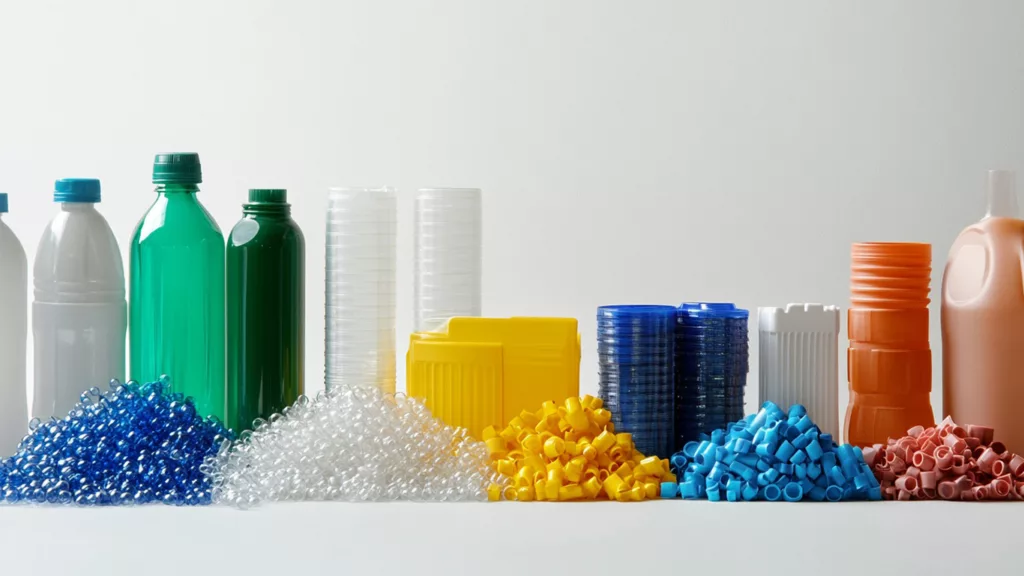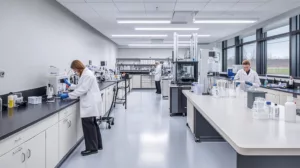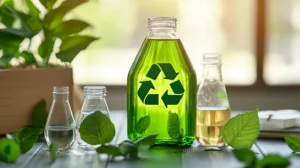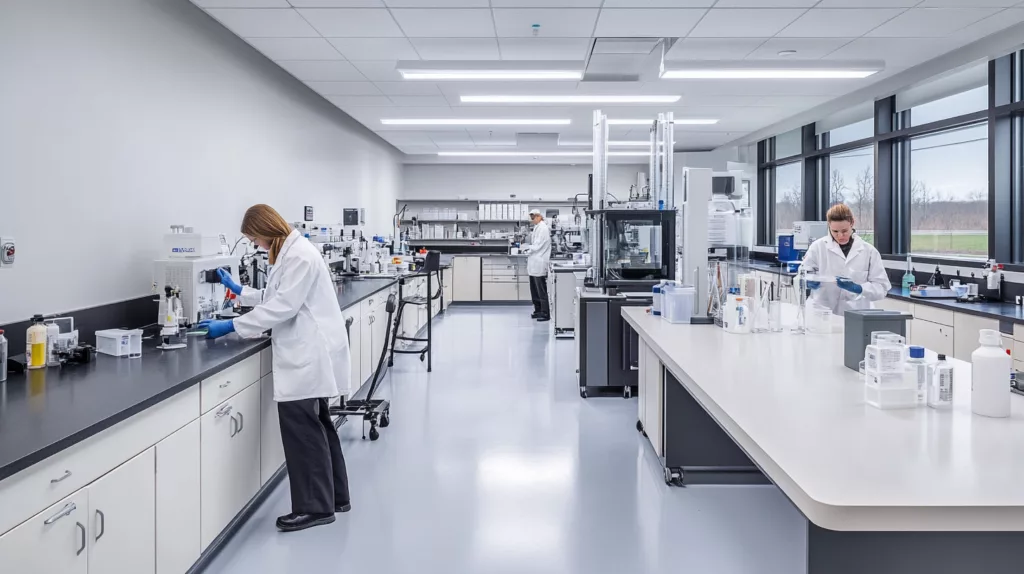Bonding plastic to plastic requires precision, expertise, and the right adhesive. With so many glue options on the market, it’s essential to choose the one that suits your specific plastic type and application. Whether you’re working on DIY repairs, crafting projects, or professional assemblies, understanding the ideal plastic to plastic glue can ensure long-lasting results.
In this article, we delve into the best adhesives for plastic bonding, key application techniques, and tips for achieving strong, seamless connections.

Why is Plastic-to-Plastic Bonding Challenging?

Plastics are inherently difficult to bond due to their smooth, non-porous surfaces. Certain plastics, like polyethylene (PE) and polypropylene (PP), have low surface energy, making it harder for adhesives to grip effectively. Selecting a glue designed specifically for plastic ensures optimal results.
Top Plastic to Plastic Glue Bonding
1. Cyanoacrylate Glue (Super Glue)
ZDS™ Cyanoacrylate, commonly known as super glue, is perfect for quick fixes and smaller projects.
- Best For: Acrylic, polystyrene, and rigid plastics.
- Features: Sets in seconds, clear finish, precision application.
- Tips: Avoid using it for flexible plastics like PE or PP.
2. Epoxy Resin
Epoxy adhesives are renowned for their high strength and durability, making them a top choice for structural repairs.
- Best For: ABS, PVC, and other hard plastics.
- Features: Heat-resistant, water-resistant, long-lasting bond.
- Tips: Mix components thoroughly for a consistent bond.
3. Plastic-Specific Adhesives
Adhesives like Gorilla Super Glue Plastics Bonding System or Loctite Plastics Bonding System are specially formulated for low-energy plastics.
- Best For: Polyethylene, polypropylene, and other low-surface-energy plastics.
- Features: Includes primers for better adhesion.
- Tips: Follow application instructions for maximum effectiveness.
4. Hot Glue
Hot glue guns provide a quick and simple solution for plastic-to-plastic bonding, especially in craft projects.
- Best For: Lightweight plastics in arts and crafts.
- Features: Easy to use, fast setting.
- Tips: Use high-temperature glue sticks for a stronger bond.
5. Solvent-Based Glues
Solvent adhesives work by softening the surfaces of the plastic, allowing them to fuse together.
- Best For: PVC, acrylic, and polystyrene.
- Features: Creates a chemical bond, highly durable.
- Tips: Ensure proper ventilation during application.
6. UV-Cured Adhesives
ZDS™ UV adhesives provide a crystal-clear bond and are ideal for transparent plastics.
- Best For: Acrylic and polycarbonate plastics.
- Features: Cures rapidly under UV light, strong hold.
- Tips: Requires a UV light source for activation.
How to Apply Glue for Plastic-to-Plastic Bonding

- Clean the Surfaces:
Dirt and grease can weaken the bond. Clean the plastic thoroughly with soap and water or isopropyl alcohol. - Roughen the Surface:
For better adhesion, lightly sand the surfaces using fine-grit sandpaper. - Apply the Adhesive:
Use the glue sparingly for an even bond. Follow the manufacturer’s instructions regarding the amount and application technique. - Press and Hold:
Align the plastic pieces and hold them together firmly for the recommended time. Using clamps can help maintain pressure. - Allow Proper Curing Time:
Some adhesives require hours to achieve full strength. Be patient for optimal results.
Best Practices for Stronger Plastic Bonds
- Test Compatibility: Always test the adhesive on a small section of the plastic before full application.
- Use Primers: Low-energy plastics like PE and PP often benefit from primers to enhance adhesion.
- Work in a Ventilated Space: Many adhesives emit fumes during application. Ensure proper airflow for safety.
FAQs
What is the strongest glue for plastic-to-plastic bonding?
Epoxy resin is considered one of the strongest adhesives for bonding plastic to plastic, offering exceptional durability and resistance.
Can I use hot glue for all types of plastic?
Hot glue works well for lightweight plastics in non-structural applications but may not hold up for heavier, rigid plastics.
How do I glue polyethylene or polypropylene?
Specialized plastic adhesives like Loctite Plastics Bonding System, often paired with a primer, are ideal for these challenging plastics.
Is super glue waterproof?
Most cyanoacrylate adhesives are water-resistant but not fully waterproof. For high-moisture environments, consider epoxy or silicone-based glues.
Do I need to sand the plastic before gluing?
Yes, sanding the surface creates texture, improving the adhesive’s grip and bond strength.
Can I remove plastic glue once applied?
Removing glue can be challenging. Solvents like acetone can help dissolve some adhesives, but care must be taken to avoid damaging the plastic.
Conclusion
Choosing the best plastic-to-plastic glue depends on the type of plastic and the demands of your project. From quick fixes with super glue to industrial-strength bonds with epoxy, each adhesive serves a unique purpose. By understanding your materials and following proper application techniques, you can create durable, reliable bonds that stand the test of time. Whether you’re repairing, crafting, or building, the right adhesive makes all the difference.











